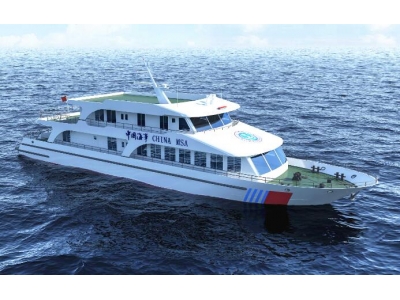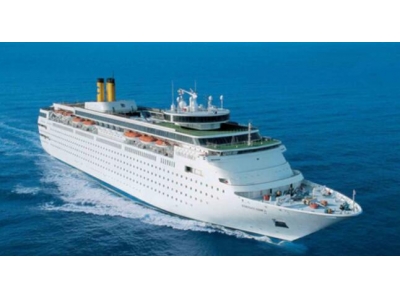Understanding Ship Rolling
Ship rolling, also known as the swaying motion of a vessel from side to side, is a common phenomenon experienced during sea voyages. It is often caused by external factors such as waves, wind, and sea currents. Ship rolling can be unsettling for passengers and crew members, and can even lead to seasickness and discomfort.
Factors Contributing to Ship Rolling
Several factors contribute to ship rolling, including the design and stability of the vessel, the sea conditions, and the speed and direction of the wind. Understanding these factors is crucial in effectively managing and mitigating ship rolling.
Methods for Minimizing Ship Rolling
Stabilization Systems: Modern vessels are equipped with stabilizing systems such as fins, gyroscopes, and anti-rolling tanks to reduce the effects of ship rolling. These systems help to improve the stability of the vessel and minimize excessive rolling.
Optimizing Speed and Course: By adjusting the speed and course of the vessel, ship captains can navigate through waves and winds in a manner that minimizes rolling. Strategic navigation plays a crucial role in reducing the impact of external factors on ship stability.
Ballasting and Trim Optimization: Proper ballasting and trim adjustment can significantly affect the stability of a ship. By redistributing the weight of cargo and fuel, the vessel's balance can be improved, thereby reducing rolling motions.
Weather Routing and Planning: Utilizing advanced weather forecasting and route planning can help vessels avoid areas prone to strong winds and high waves, ultimately minimizing the impact of adverse sea conditions on ship rolling.
Impact on Safety and Comfort
Excessive ship rolling not only affects the comfort of passengers and crew members, but it can also pose safety risks. Unsecured items and equipment may shift or fall, leading to potential hazards. Additionally, prolonged exposure to rough seas can impact the structural integrity of the vessel.
Conclusion
Ship rolling is a natural occurrence at sea, influenced by various environmental and vessel-specific factors. By employing advanced stabilization technologies, strategic navigation, and meticulous planning, the impact of ship rolling can be effectively managed, enhancing the safety and comfort of all on board.
Thank you for reading this comprehensive guide on ship rolling and its management. We hope this information provides valuable insights and practical solutions for dealing with this common maritime phenomenon.


